Dehiwala Zoo
The National Zoological Gardens of Sri Lanka (also known as Dehiwala Zoo or Colombo Zoo) was founded in 1936 in Dehiwala, Sri Lanka. It is home to a diverse range of birds, mammals, reptiles, fish, and amphibians. The zoo not only displays animals from Sri Lanka but also species from Asia and other parts of the world.
Dehiwala Zoological Garden is Asia’s oldest zoological garden. It has a large collection of animals from around the world and is open all year. The zoo’s diversity is evident in its aquarium, two walk-through aviaries, reptile house, butterfly garden, and numerous enclosures of varying sizes.
The zoological garden has a small but lovely butterfly garden with small shrubs, trees, creepers, and small streams. The mist created artificially controls the house’s internal temperature and humidity. For educational purposes, the butterfly garden displays 30 different species of butterflies at various stages of their life cycles.
The zoo is open from 8:30 am to 5:00 pm every day.

Mammals
Visitors are immediately captivated by a herd of Chapman’s Zebras at the zoo’s entrance (Equus burchelli antiquorum). Visitors do not pass up the opportunity to pose for a photograph in front of the zebra enclosure, where they can see the galloping, leaping, and eating Zebra family behind them.
The Black Rhinoceros (Diceros bicornis) family captures the attention of almost all visitors due to its rarity and status as the world’s second-largest animal. The zoo’s odd-toed mammals (Perissodactyla) include Rhinoceros, Domestic Ass (Mule), African Wild Ass (Donkey), Przewalski’s Wild Horse, and Pony.
The Cervdae family includes native species such as Sambhur, Spotted Deer, Barking Deer, and Hog Deer, as well as exotic species such as Japanese Sika Deer, Mongolian Deer, and others. Herds of deer are common. The antlers on the majority of the males give the herd an elegant appearance.
In addition to Hippos, Rhinos and African Elephant (Loxodonta africana), the tallest land-living and the largest ruminant Giraffe (Giraffa camelopardalis reticulata), Greater Kudu (Hippotragus niger), Red Lechwe (Leche leche), Scimmitar Horned Oryx (Oryx dama gazella) and Wild Buffaloes (Syncerus cafer) are some key African Mammal species in the zoo.
One who visits the zoo should not forget Elephants. A group of Sri Lankan Elephants (Elephas maximus maximus), some females and ‘Bandula’ one of the largest male Elephant in the country ‘Bandula’ are living harmony in elephant area with African elephant ‘Joe’.
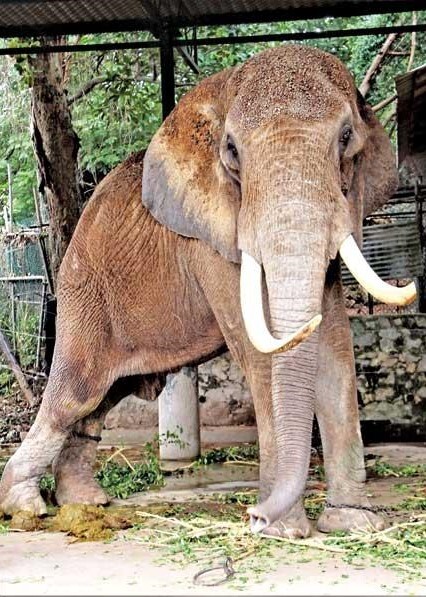
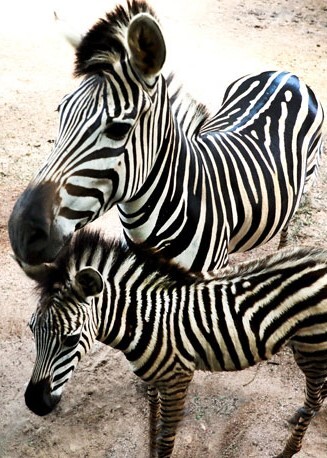
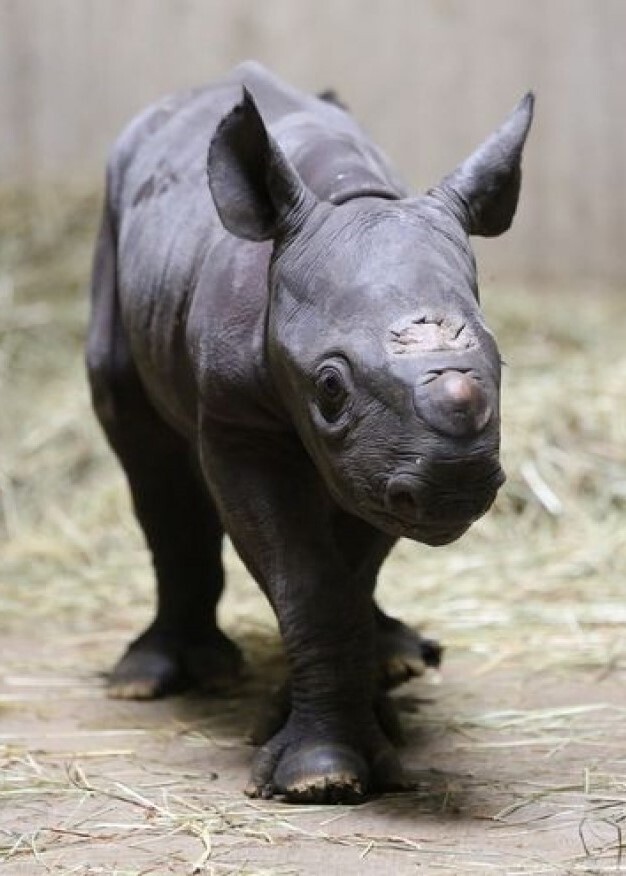
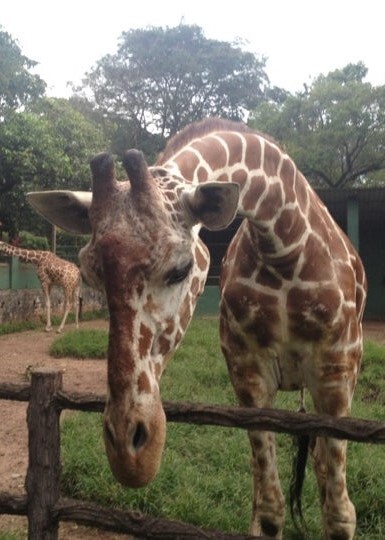
Monkeys
The most active mammals in the zoo are lemurs, monkeys, and apes. The zoo’s primitive primates include the brown lemur (Eulemur fulvus albifrons), the ring-tailed lemur (Lemur catta), and the Slender Loris subspecies (Loris tardigrates).
There are approximately 16 different types of monkeys. The Purple Faced Leaf Monkey (Trachypithecus vetulus) is an endemic species, as is the Toque Monkey (Macaca sinica sinica) subspecies.
Visitors are drawn to drawn Spider monkeys because of their swinging style and jumping from branch to branch using prehensile tails (Ateles belzebuth). Monkeys in family groups with mothers caring for their babies are worth seeing, as are the great apes Orang Utans and Chimpanzees.
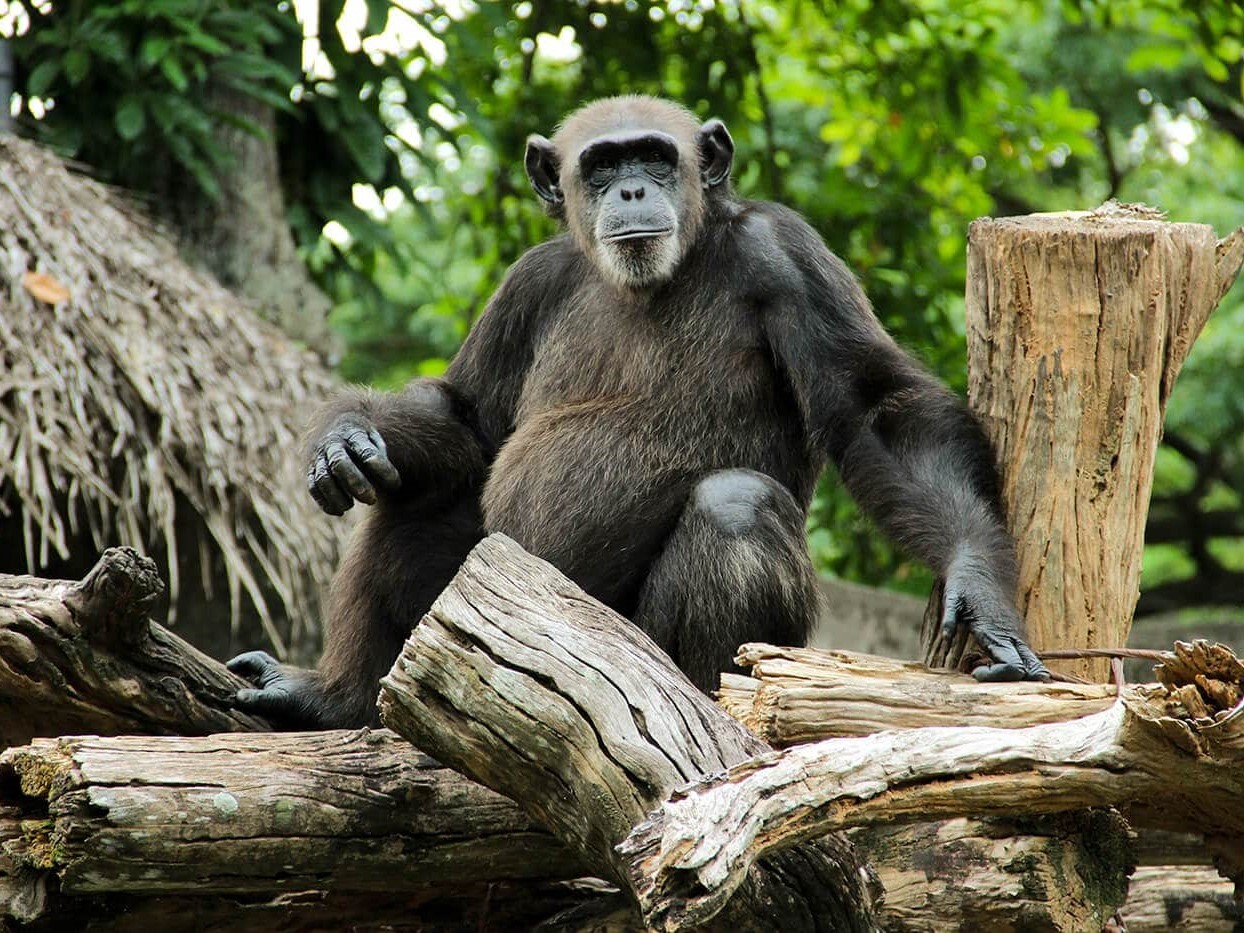
Butterfly Garden
Sri Lanka is home to nearly 245 butterfly species, 26 of which are endemic and 100 of which are threatened.
The zoo has a small but lovely butterfly garden full of shrubs and flowers. A small stream runs through the butterfly garden, making it more pleasant and cool.
Despite the fact that there are many butterflies flying around the zoo, visitors should go to Butterfly Park to see different varieties of butterflies in a beautifully landscaped area. This location is enhanced by flowering plants and butterfly-feeding plants.
Around 30 different species of butterflies can be found here. In addition to natural nectar, butterflies are fed artificially provided bee honey and fruit juice, as well as fresh fruit pieces to suck juices from. In order to educate visitors, not only butterflies but also other stages of the butterfly life cycle are displayed.
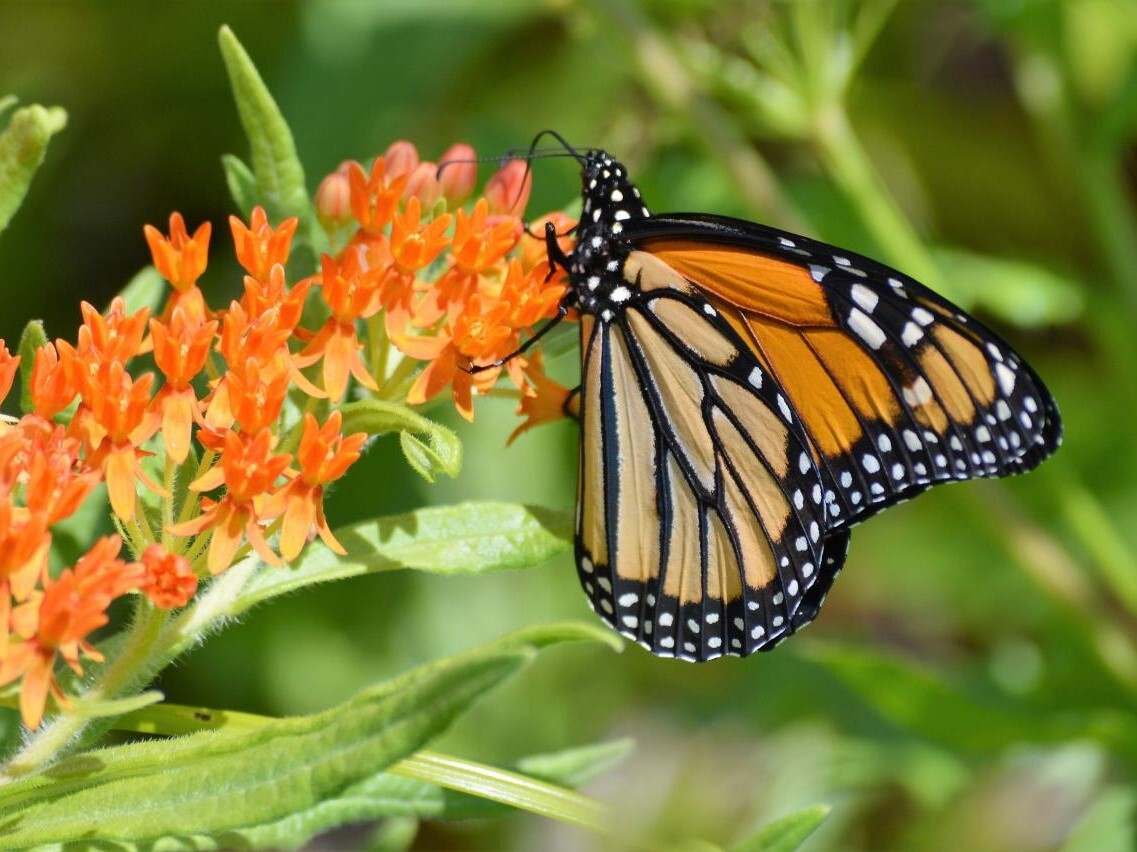
Birds
Sri Lanka has an abundance of birds. There are 453 avifauna species. These birds’ distribution varies according to habitat and climatic changes. This island’s avian diversity is enormous, with nearly 225 resident species, including 33 endemics.
The zoo is brightly coloured by a large variety of birds. Beautiful parrot species, flightless birds, aquatic and semi-aquatic birds, and many other flying birds are included in the bird section.
A flock of flamingos graces the zoo’s entrance. The Ostrich, the fastest and largest flightless bird, occupies the nearby enclosure at the entrance, while the Cassowary and Emu occupy the rear enclosures.
There are two walk-through aviaries, one for endemic and indigenous birds and one for exotic birds. Visitors can watch free-flying birds inside beautifully landscaped aviaries under shady and cool conditions.

Reptile House
Sri Lankan reptiles have nearly 209 known species, with a wide range of diversity. Snakes, lizards, crocodiles, turtles, and tortoises are among the reptiles. Almost 125 of them are unique to Sri Lanka.
The Reptilium houses approximately 32 reptile species, including foreign species.
Two types of Sri Lankan crocodiles, Marsh Crocodile (Crocodylus patustris) and Estuarine Crocodile (Crocodylus porosus), as well as the Galapagos Giant Tortoise (Geochelone gigantea), greet visitors at the Reptilium’s entrance. The addition of the Cuban Crocodile, Indian Gavial, False Gavial, and three Dwarf crocodiles, the world’s smallest crocodile species, increases the value of the Crocodile collection.
Rhinoceros Iguanas and False Gavial coexist with tortoises and terrapins. Snakes live in the Reptilium’s house section. Out of the seven species of highly poisonous snakes in Sri Lanka, Russell’s viper (Daboia russelli), Sri Lankan Cobra (Naja naja), Common Krait (Bungarus caeruleus), Ceylon Krait (Bangarus ceylonicus), and Hump Nosed Viper (Hypnale hypnale) are found in the zoo. The albino form of the Sri Lankan Cobra can also be found here.
Visitors are astounded by Pythons’ enormous size and elongated bodies. As a well-known movie character, Green Anacondas have piqued the interest of visitors, particularly children.
Even the indoor enclosures are designed to allow for sunlight and ventilation, allowing snakes to coexist with nature.
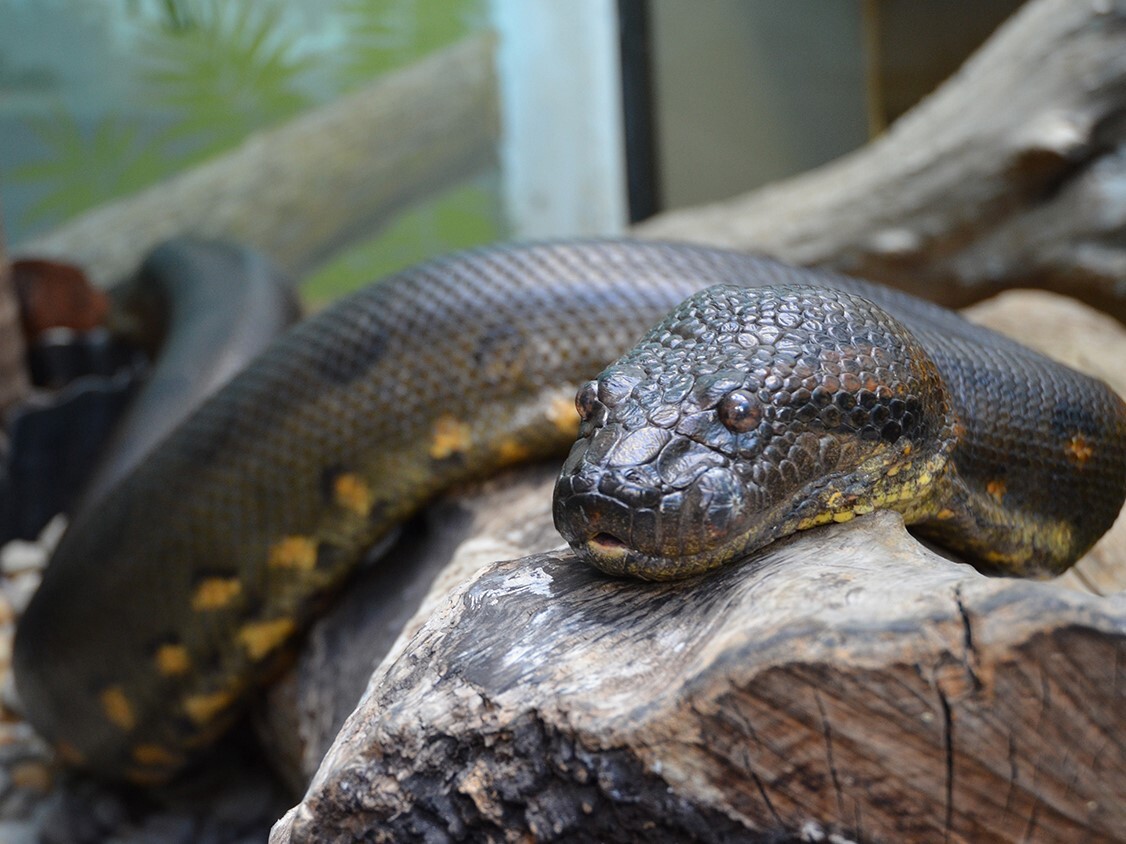
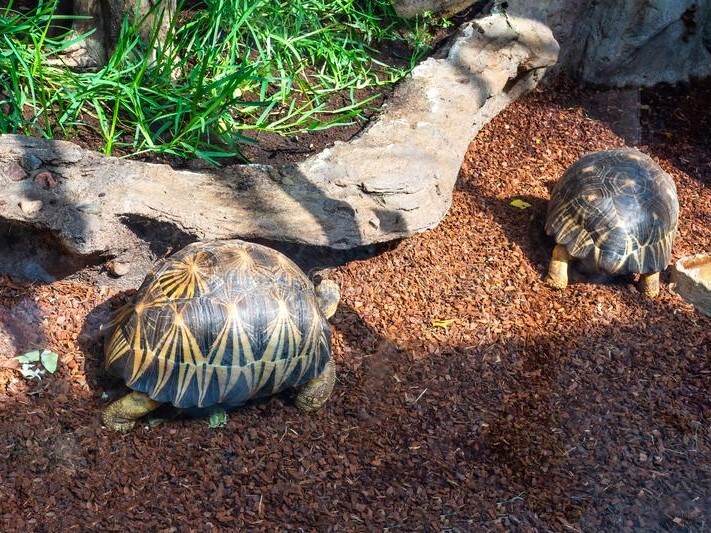
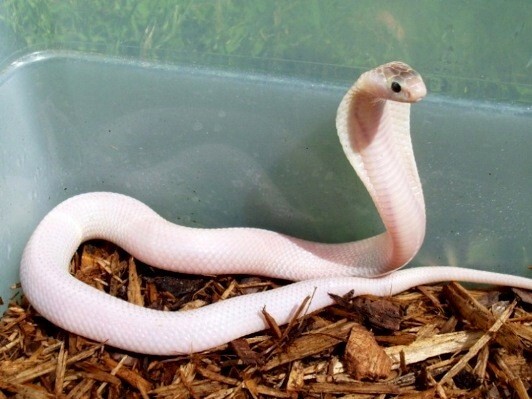
Cat Family
Members of the cat family (family Felidae) are common among carnivores in the zoo. The zoo’s big cats include the Sri Lankan Leopard (Panthera pardus kotiya), African Lion (Panthera leo), and Bengal Tiger (Panthera tigris tigris).
Bengal Tigers of both the orange and white varieties could be seen here. The Sri Lankan leopard, also known as “Kotiya” and “Diviy” in Sinhala, is a leopard subspecies native to Sri Lanka and the country’s top predator. Small indigenous cats found in the country and zoo include the Fishing cat (Prionailurus viverrinus), Rusty spotted cat (Prionailurus rubiginosus phillipsi), and Jungle cat (Felis chaus kelaarti).
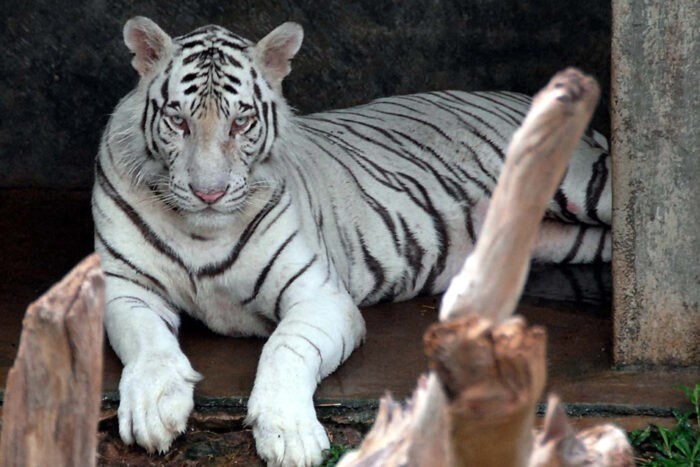
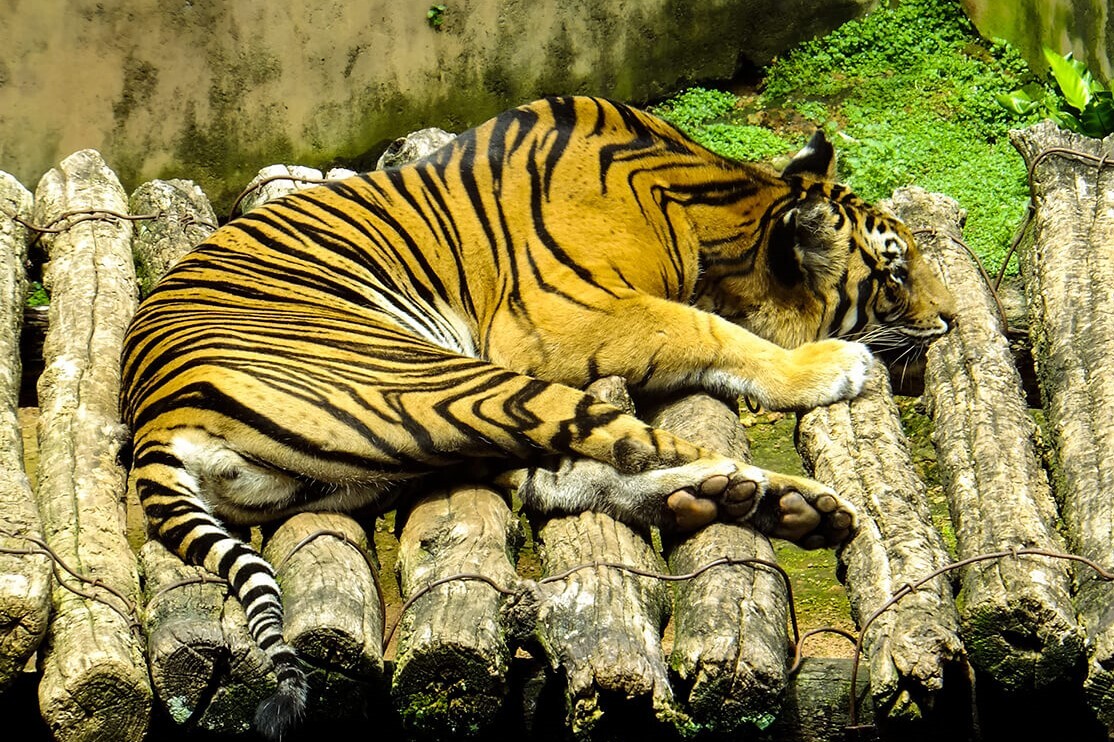
Aquarium
The aquarium, which is the zoo’s main attraction, is divided into freshwater, marine, and brackish water sections. It had been in operation for 40 years.
22 tanks house numerous fish species as well as corals, mollusks, echinoderms, and arthropods. Most aquatic organisms’ behaviour patterns, such as breeding, colonization, symbiosis, and competition, could be observed by visitors from outside the tank.
There are 50 fish species that have been identified as being endemic to Sri Lanka. The aquarium displays many different varieties of them. Rare fish varieties, including endemics, have been bred in aquariums and zoo ponds.
Inside the aquarium, an Amphibian section has been opened to educate the public about Amphibians.
There are currently three tanks with Amphibians, with six species living in their natural habitats. Polypedates cruciger, an endemic frog species, is one of the six Amphibian species.

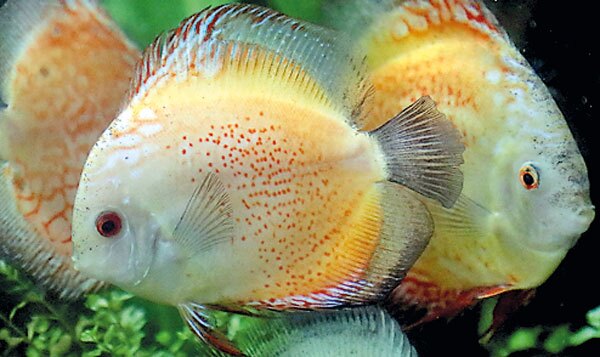
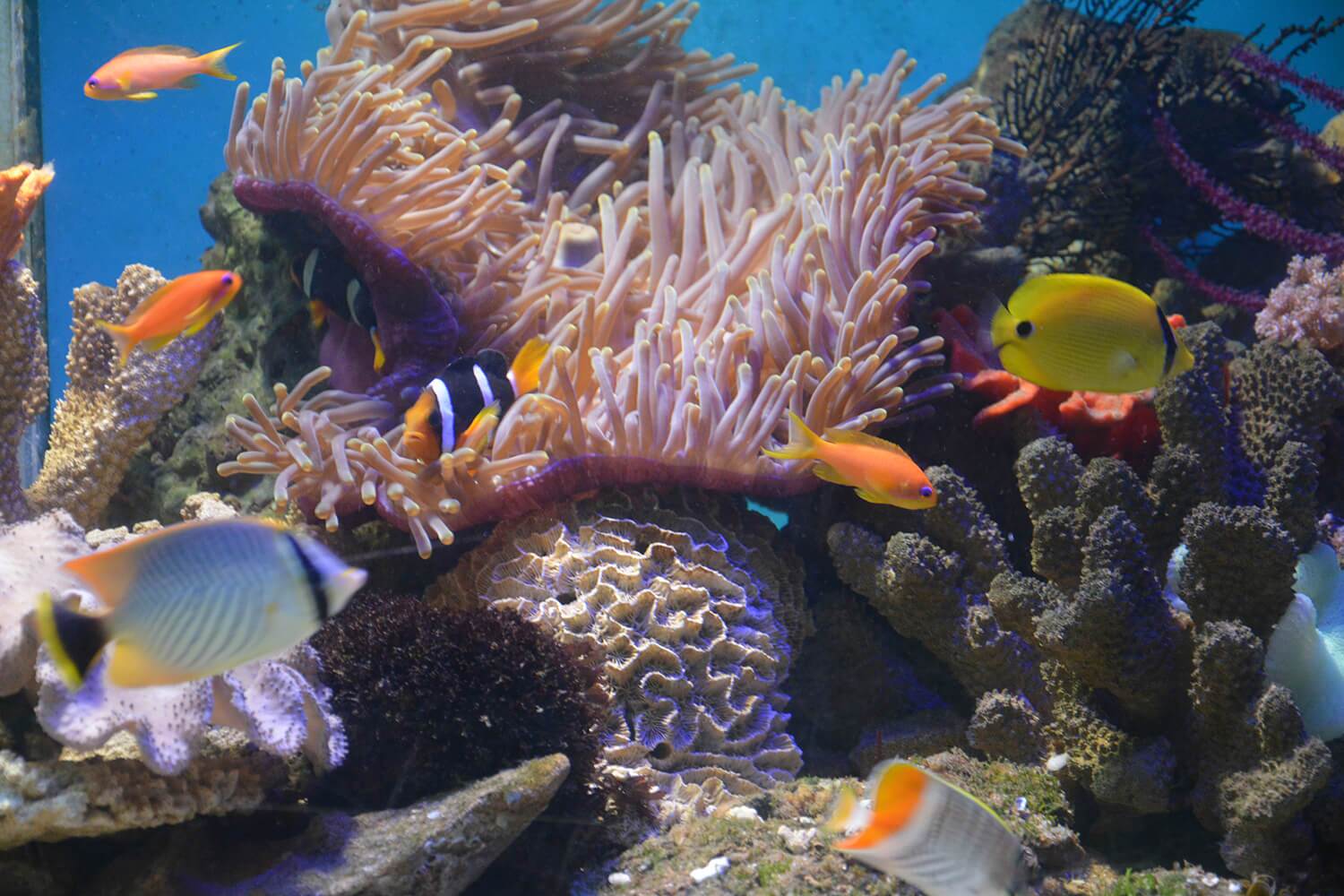
Animal Shows
There are Animal performances are displayed at the zoo daily.
Elephant Performances
The elephant arena is where the elephant performances take place. Pachyderms do things like stand on their heads, wiggle their backs to music, hop on one foot, and stand up on their hind legs.
Elephant performance starts at 5.15 p.m.
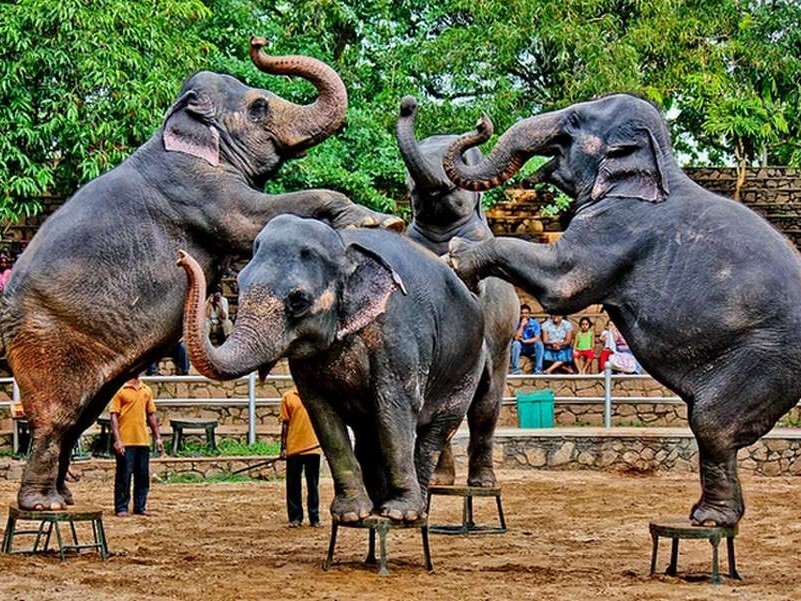
Sea Lion Performances
The performances of the sea lions are displayed daily at the sea lion pool. The keepers of two California sea lions feed them. Unfortunately, this sea lion was kept in a small enclosure with only a makeshift bathtub to swim in when not performing.
Sea lion performances will start at 4.00 pm and will last for 15 minutes. If it rains, the show will be postponed for the day.
